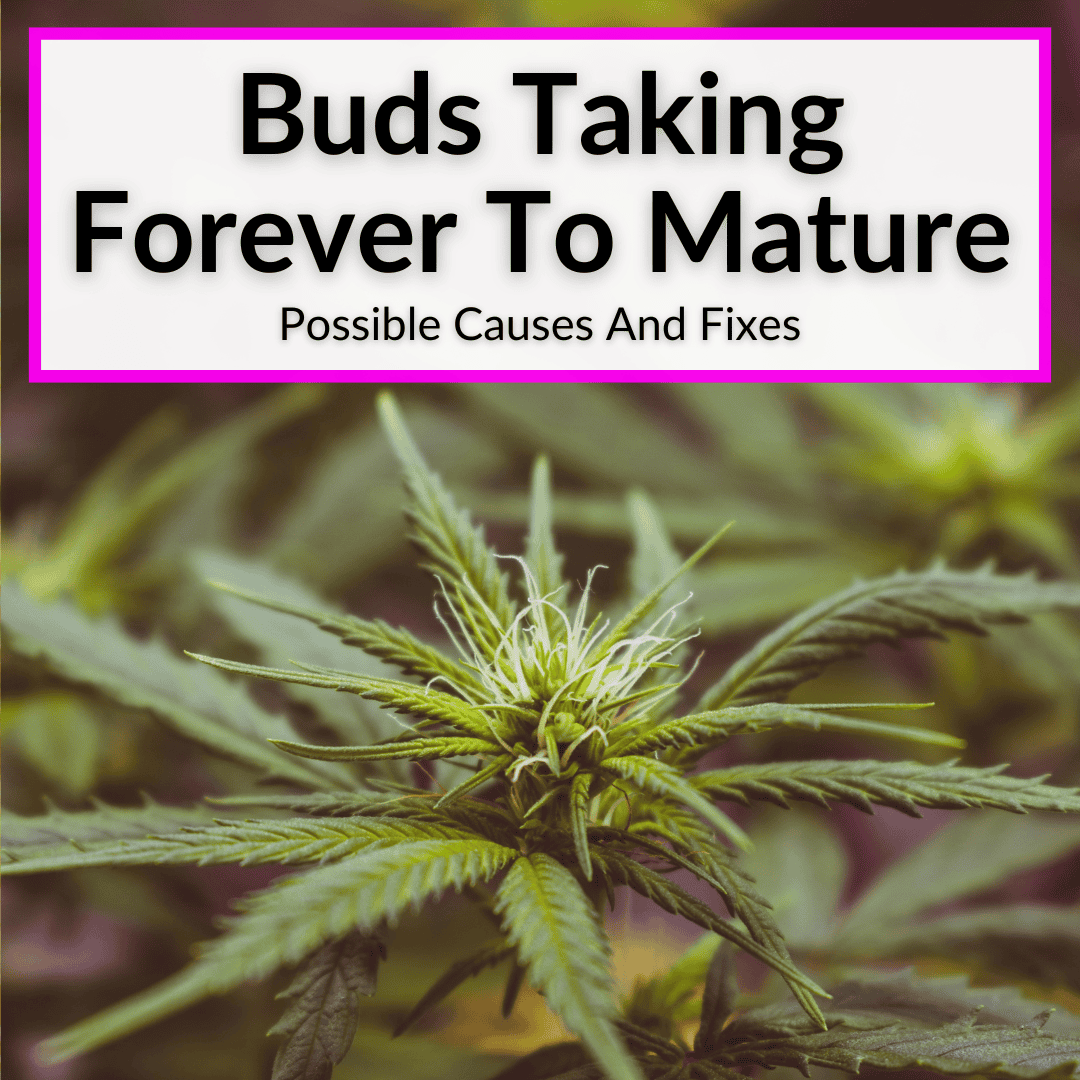 They say patience is a virtue.
They say patience is a virtue.
But the patience it takes when waiting to harvest your cannabis crop is on another level.
It always seems like your buds are taking forever to mature.
Most of the time it just feels that way.
But sometimes, they really do take longer than they should.
And there are a number of possible reasons for that.
Keep reading to learn why your buds might be taking longer to mature, and what you can do about it.
Contents
Common Causes Of Cannabis Buds Not Maturing
Even the most patient growers can get frustrated when their precious buds seem to be taking forever to mature.
There are several reasons your buds might be lagging behind schedule. First, let’s take a look at some of the most common culprits, and then we can delve into how to fix the issues.
Light Issues
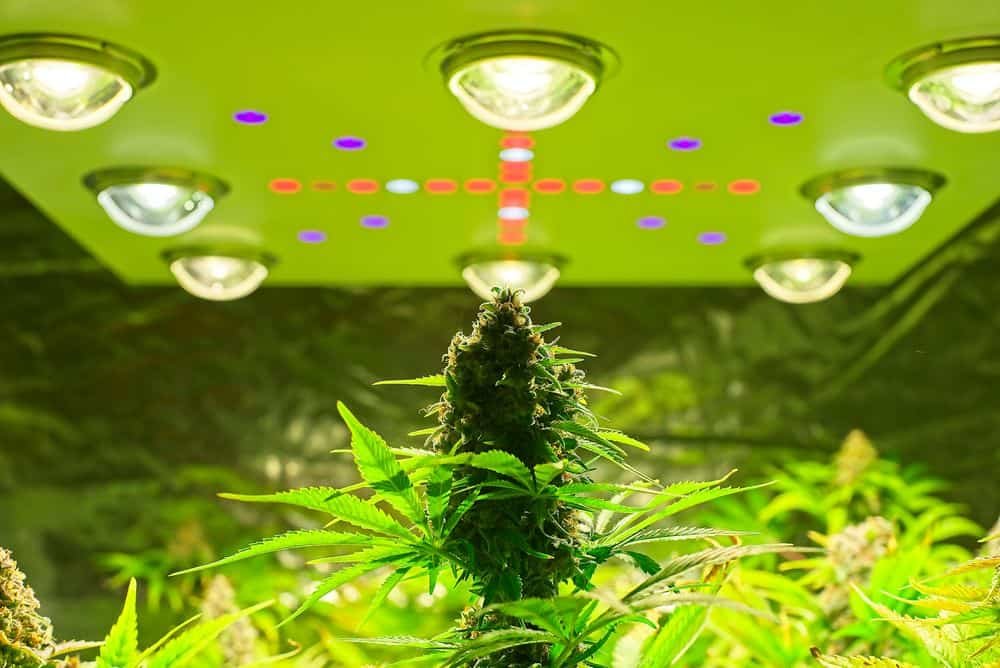
Have you been blasting your plants with too much light intensity or keeping the light source too close? This can cause light burn or stress.
Imagine yourself sitting too close to a bonfire for hours. Or in the direct sun. You might get a nice tan, but it wouldn’t be comfortable and could even damage your skin.
Plants react similarly to excessive light. They then have to focus their energy on recovering from the stress, instead of producing beautiful, mature buds.
On the flip side, if they’re not getting enough dark hours, it can throw their internal clock out of whack. Remember, plants need a specific light schedule to flower properly.
In nature, they rely on the changing day and night cycles to know when to transition to flower production. If you’re providing too much light during flowering (typically more than 12 hours in a 24-hour cycle), it can slow down flower production.
Nutrient Imbalances
Sometimes, giving your plants too much love in the form of nutrients can backfire. Overfertilization can be like giving a child a mountain of candy. They might get a sugar rush initially, but ultimately it can stunt their growth and overall health.
The same goes for plants. An excess of nutrients can disrupt their delicate internal balance, leading to stunted growth and hindering bud development.
On the other hand, if your plants are lacking key nutrients like phosphorus, potassium, or calcium during the crucial flowering stage, it can also hinder bud growth. These nutrients are essential building blocks for healthy flowers.
Imagine trying to build a house without enough bricks. It wouldn’t be very sturdy, would it? Similarly, without the proper nutrients, your plants can’t produce robust, mature buds.
Environmental Stress
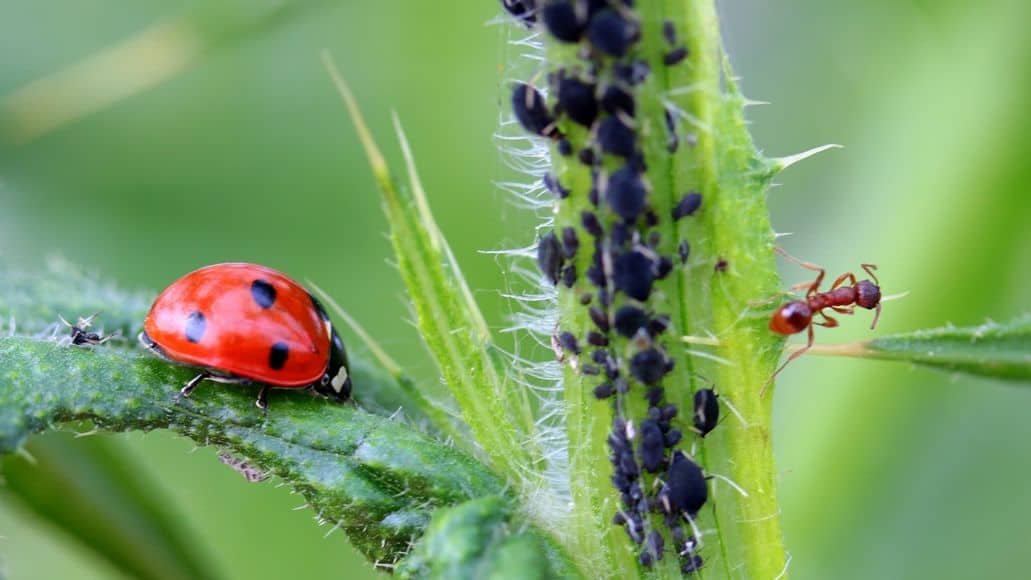
Imagine yourself trying to relax and focus on work while a swarm of mosquitoes buzz around your head. Not exactly ideal, right? Plants face similar challenges when dealing with pest infestations.
Tiny bugs feasting on your buds are essentially stealing precious resources that should be going towards flower development. A pest infestation can damage developing flowers and slow down maturation.
Fungal diseases and bacterial infections are like unwelcome guests who come to your house and start stealing your food.
These unwelcome guests weaken your plants and hinder their ability to produce healthy, mature buds. They essentially steal the plant’s energy and resources, leaving it with less to devote to developing bountiful buds.
Genetics And Strain Variations
It’s important to remember that not all strains are created equal. Some strains naturally have longer flowering times than others.
Just like some people mature faster than others, different strains have different growth patterns. Before you start panicking about your seemingly slow-maturing buds, research the inherent flowering time of your chosen strain.
Some strains are naturally late bloomers, and patience is key. There might not be anything wrong with your growing techniques. Your plant might just be taking its sweet time to produce beautiful, mature flowers.
Solutions For Better Bud Development
Now that you’ve identified the potential culprit behind your slow-maturing buds, it’s time to take action! Here’s how to address each common cause and get those flowers flourishing:
Light Issues
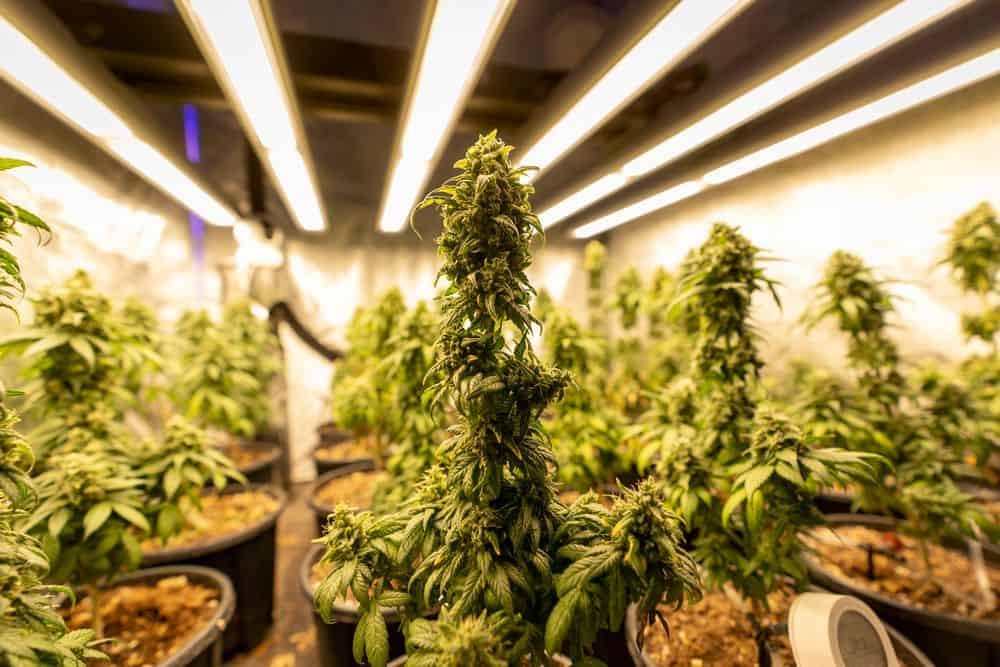
Light-burn issues? If your plants are showing signs of light burn, it’s time to adjust your lighting setup. Reduce the light intensity or increase the distance between the light source and your plants.
Imagine finding the perfect spot next to a bonfire on a cold night—not too close to the scorching flames, but close enough to enjoy their warmth. Find that sweet spot for your plants to maximize growth without the stress.
Overdoing the darkness? Remember, flowering thrives on a specific light schedule. If you haven’t been providing the proper dark hours (typically 12 hours in a 12/12 light/dark cycle), adjust your lighting schedule accordingly.
Think of it like giving your plants a good night’s sleep. They need that darkness to rest and recharge for optimal flower production.
Nutrient Imbalances
Nutrient Overload? If you suspect you’ve been overfeeding your plants, a quick flush might be a good idea.
Flush the excess nutrients by slowly pouring several lots of plain water through the growing medium until the runoff water runs clear. This will help remove any nutrient buildup that might be hindering growth.
Once you’ve flushed the system, switch to a nutrient regimen specifically designed for the flowering stage.
These formulas are typically rich in phosphorus and potassium, which are essential for healthy bud development. Think of these nutrients as the building blocks for beautiful, robust flowers.
Environmental Stress
Environmental stressors can take several forms, so we will address each in a separate section.
Bug Brigade
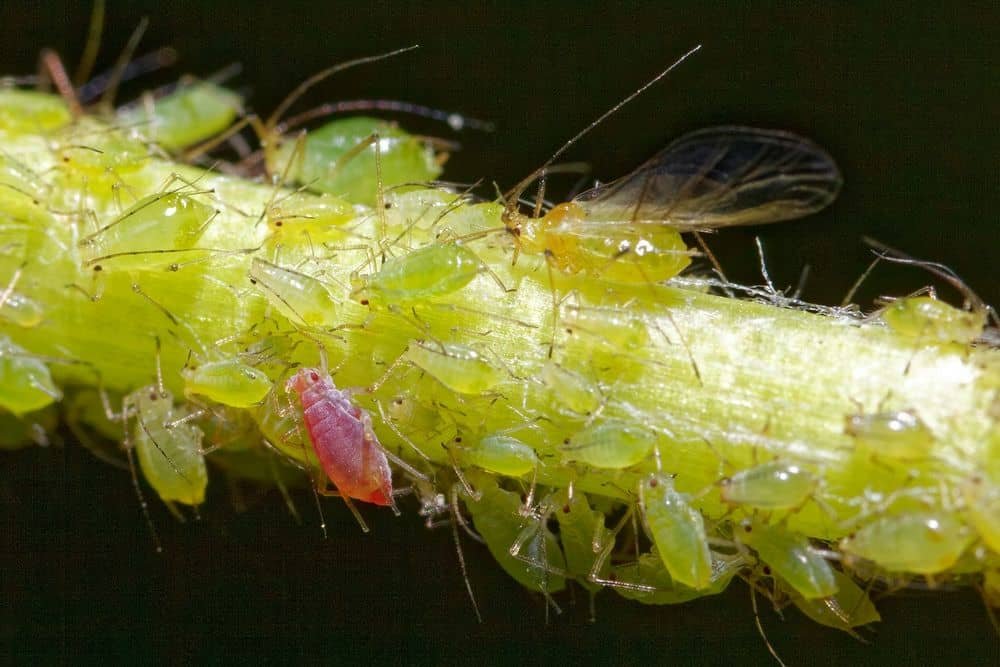
If you’ve identified a pesky pest infestation, take action! Implement appropriate pest control measures based on the specific type of pest you’re dealing with.
There are a variety of organic and non-organic options available. Remember, research is key—choose a method that’s safe for your plants and the environment.
Fight The Fungal Foes
Fungal diseases and bacterial infections require a targeted approach. Identify the specific disease and consult a gardening expert or reliable source for proper treatment options.
Early detection and treatment are crucial. Don’t let these unwelcome guests take over your entire crop!
Handle With Care
Minimize physical disturbances to your plants. Avoid excessive handling or brushing against the buds, which can damage developing flowers and slow down growth. Treat your plants with gentle respect, and they’ll reward you with big and beautiful buds.
Genetics And Strain Variations
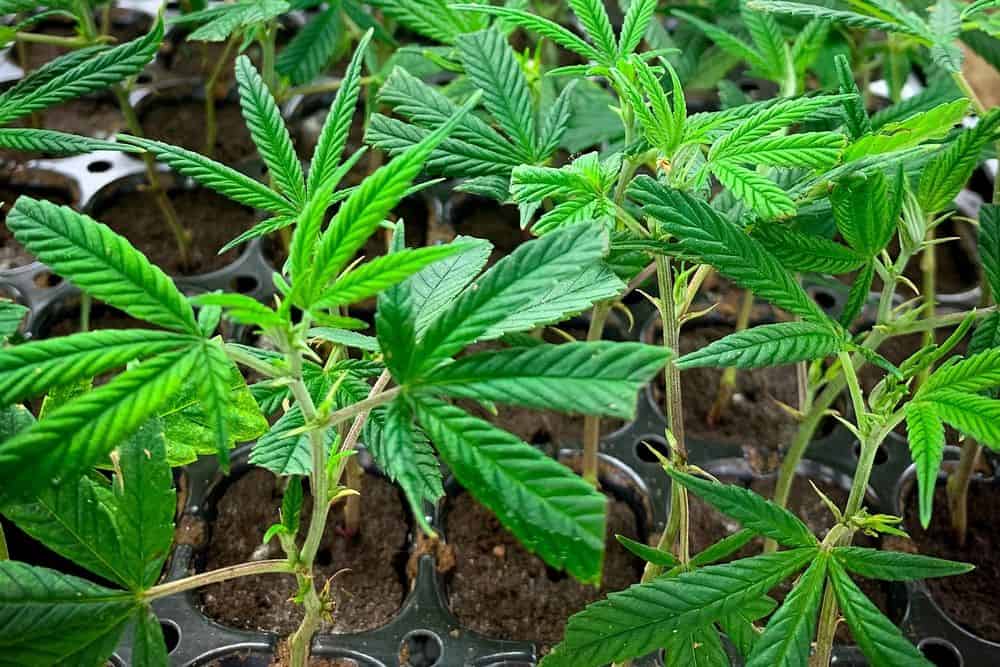
As mentioned, different strains can have different flowering times.
Know Your Strain
Before you start getting impatient, research the inherent flowering time of your chosen strain. Some strains are naturally late bloomers. Understanding this will help you manage your expectations and avoid unnecessary worry.
There’s no need to panic if your buds seem to be a little behind schedule. Some strains just need a little extra time to produce their magic.
Advanced Techniques
For experienced growers looking to potentially shave some time off the flowering period for certain strains, exploring techniques like light manipulation and crop steering might be an option.
However, these techniques can be complex and require in-depth knowledge and extra effort. If you’re new to cannabis cultivation, consult more experienced growers before attempting any advanced methods if you are unsure exactly what they entail.
Buds Taking Forever To Mature: Final Thoughts
It can happen that your cannabis buds take forever to mature. If you find yourself in that situation, you’ll first want to understand the underlying causes. Then you can address them effectively.
Light issues, nutrient imbalances, environmental stress, and genetic variations are among the most common reasons for delayed bud maturation.
By carefully adjusting your lighting setup, ensuring a balanced nutrient regimen, mitigating environmental stressors, and understanding the specific needs of your chosen strain, you can significantly improve bud development.
Remember, patience and attentive care are key. Each plant is unique and may require different approaches to thrive. By applying the insights and solutions discussed, you’ll be well on your way to achieving healthy, mature buds that reward your efforts with their full potential. Happy growing!
Leave a Reply